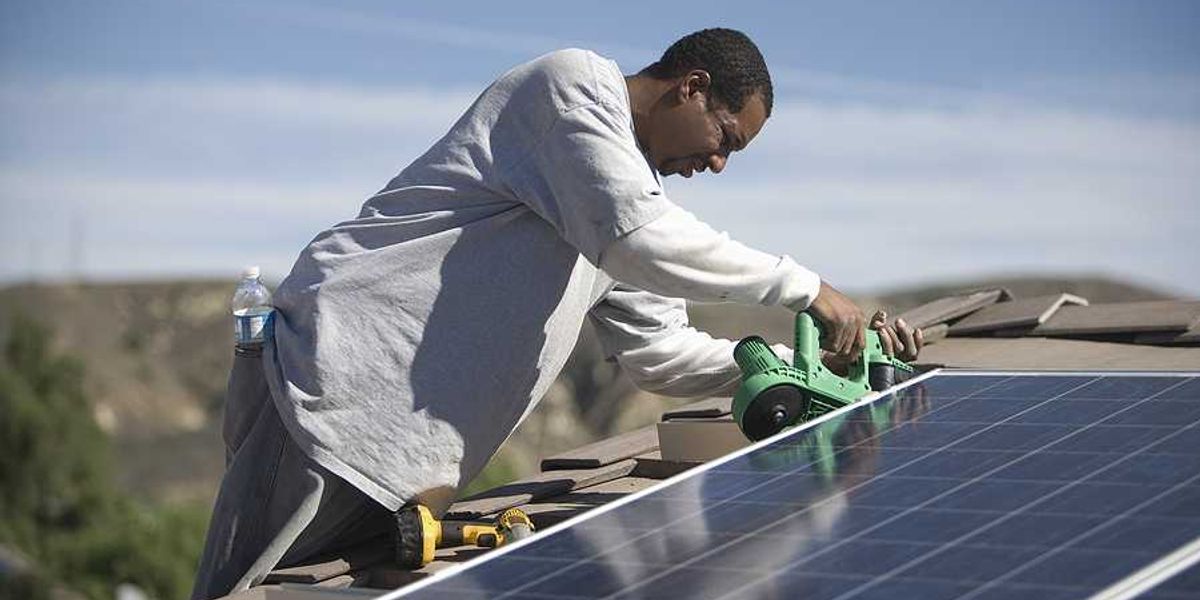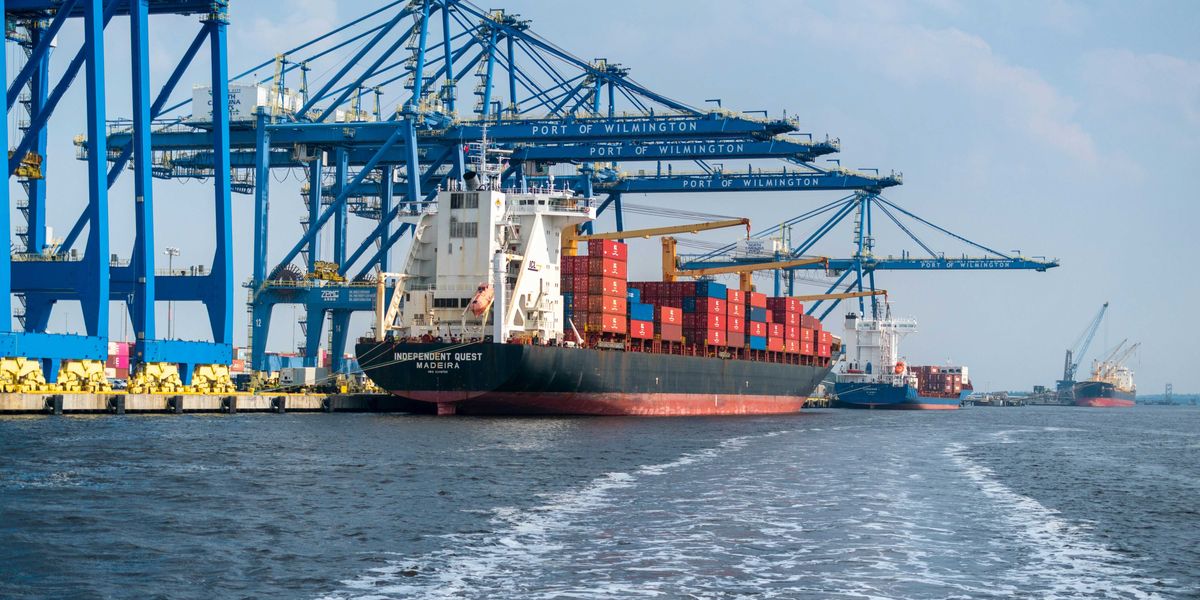Local officials softened warnings as a historic storm buried a North Carolina mountain town
As Hurricane Helene unleashed deadly floods and landslides in North Carolina’s mountains, a culture of government distrust and muted emergency alerts left residents fatally unprepared.
In short:
- Yancey County residents received limited warning before Hurricane Helene triggered record rainfall, flash floods, and fatal landslides, killing 11 in that county alone.
- Local emergency officials, fearing public pushback, softened dire weather forecasts and chose not to issue evacuation orders, despite explicit alerts from the National Weather Service.
- Survivors describe being trapped, losing loved ones, and facing ruin with no flood insurance, as the storm exposed gaping holes in rural disaster preparedness.
Key quote:
“This information is not to frighten anyone.”
— Jeff Howell, former Yancey County emergency management director
Why this matters:
When Hurricane Helene turned deadly in North Carolina’s Blue Ridge Mountains, washing out roads, homes, and lives, it exposed a deeper problem: a quiet mistrust in the system meant to protect people. Despite clear warnings from the National Weather Service, reports ProPublica, local officials softened their own communication with the public, afraid that sounding the alarm might spark backlash or panic. That silence cost lives — 11 in one rural county alone. As climate-fueled disasters intensify, soft-pedaling warnings for fear of political backlash puts lives at risk. And with the National Weather Service now struggling with funding cuts and vacancies, concerns are growing about the accurate, timely communication of disaster warnings in the face of growing threats from extreme weather like hurricanes and tornadoes.
Read more:
- Staff shortages at National Weather Service raise safety concerns ahead of hurricane season
- Cuts to federal weather staffing are leaving communities vulnerable to tornadoes
- U.S. pauses weather alerts translation, leaving non-English speakers at risk during disasters
- Lingering long after a storm, mold and mental health issues













